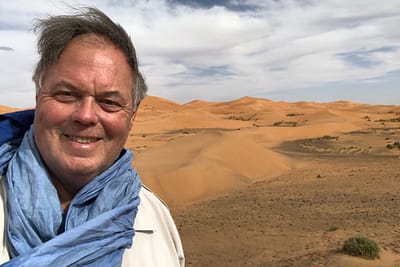SPECIES SPOTLIGHT: NORTHERN SAW-WHET OWL
Feb 9, 2017 | by Kevin Loughlin

Northern Saw-whet Owl
Owls. There’s just something about owls. They are mystical birds that often capture the minds and hearts of all who behold them. They inspire a magical feeling within me, and while I am a nature lover in the most traditional sense, I’d be lying if I told you that I didn’t have some favorites. And many of those favorites are owls.
For this trip, my compass needle was again pointed to the northwest. Magee Marsh Wildlife Area is a fabulous place to bird, take a walk, have a picnic…anything really. Nestled in the pine trees of the sportsman’s center parking lot, are two new statewide celebrities. Both are quite small, with slightly over-sized heads and bright yellow eyes. And when those yellow orbs are focused on you, captivating becomes a rather weak description.
Scott and I arrived around 8 a.m. and prepared to stand outside for a time, provided we’d find the owls. The first was nestled in it’s usual roost, buried in the boughs of a dense pine. I quickly went in search of the second owl. I approached the back of the roost slowly, so as not to flush the bird. Quietly I moved toward the tree, and didn’t see it. Moving in for a bit of a closer inspection, I came within ten feet or so before realizing it was actually there! I quickly backed away and walked around to the other side of the pines, motioning Scott to come over with glee. And there it was…
Northern Saw-whet Owls are highly nocturnal, and often very hard to see during the day while roosting. Their colors and patterns match very well in pine trees, and I’ve never actually seen one of these owls outside of a pine. Sitting quietly asleep, my heart filled with such wonder and amazement, I thought my heart was going to burst. These moments are the reason that I do what I do. Scott and I stood a safe distance away, just observing, before finally getting our cameras set up to start shooting.
Soon afterwards, more people showed up. From experienced birders and photographers to brand new birders, many came throughout the day to view these amazing owls. It provided many opportunities for learning, and the new birders really seemed to soak in the information. We all spoke of how amazing it was to get to see a Saw-whet this close, and virtually unobstructed. The excitement was palpable!
We also talked about various facts concerning the owls. The need to keep a respectful distance while viewing and photographing. The importance of it’s sleep during the day, since it’s a nocturnal owl. Not that all owls, and birds in general as well, deserve these considerations. I thought it especially important to impart this knowledge to the newer birders.
Northern Saw-whets eat mostly Deer Mice and Voles, but will sometimes eat insects and small birds as well. One of the things I personally find most interesting about Saw-whets, is their nesting habits. The female does all of the incubation and brooding of the young, while the male does all of the hunting. When the youngest nestling is about 18 days old, the female will leave the nest to roost elsewhere and the male continues to bring food to the young, which older nestlings may actually help feed to younger nestlings.
After spending the better part of the day observing the two owls, and numerous failed attempts at locating a Northern Shrike a short distance away, we decided to head towards home. It was a wonderful day spent with an amazing creature and wonderful people. I think it’s important to keep in mind as wildlife lovers, observers, photographers, and conservationists, that our actions often reverberate within our community. A smile and a few kind words could mean the difference between someone having a bad experience, and a great one. It could also be the difference between a good or bad experience of whatever animal we may be looking at. So the next time you’re out, remember that we can make a difference on so many levels for so many things. As always, thanks for reading! If you have any questions, don’t hesitate to comment or send me a message!
































